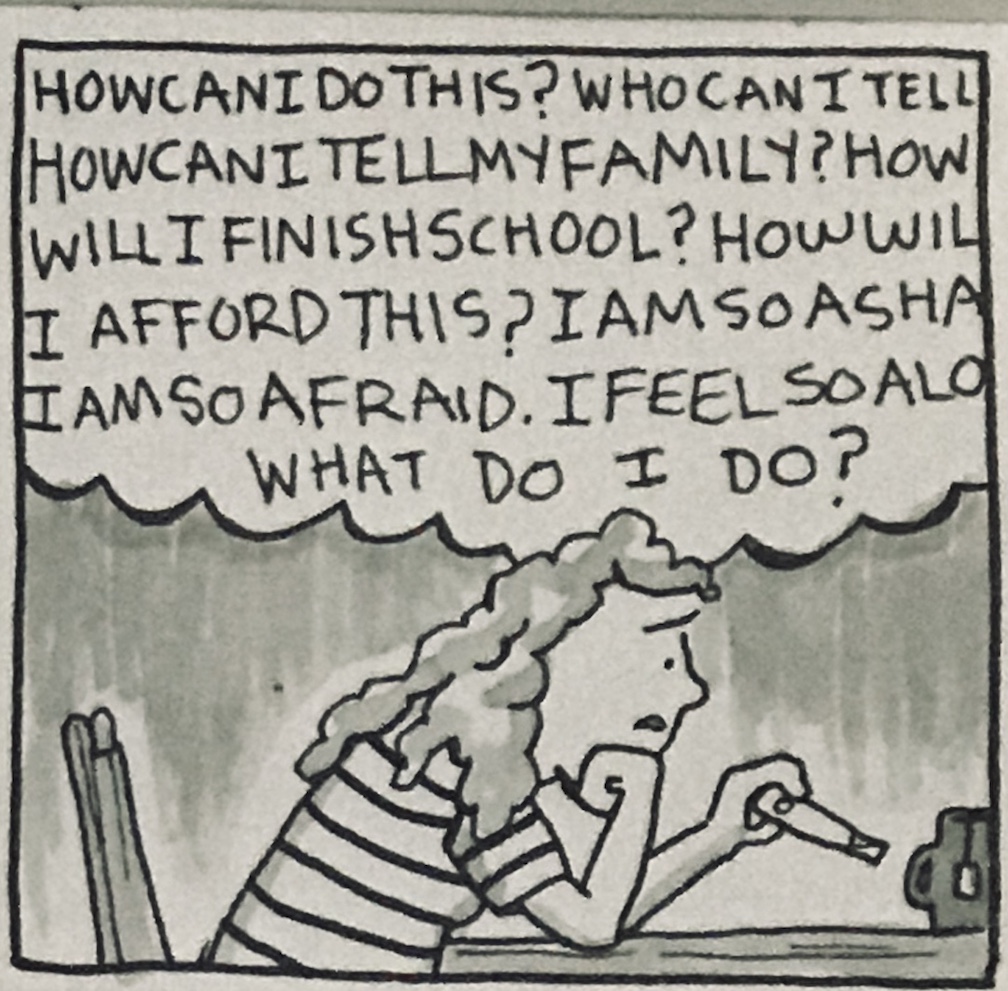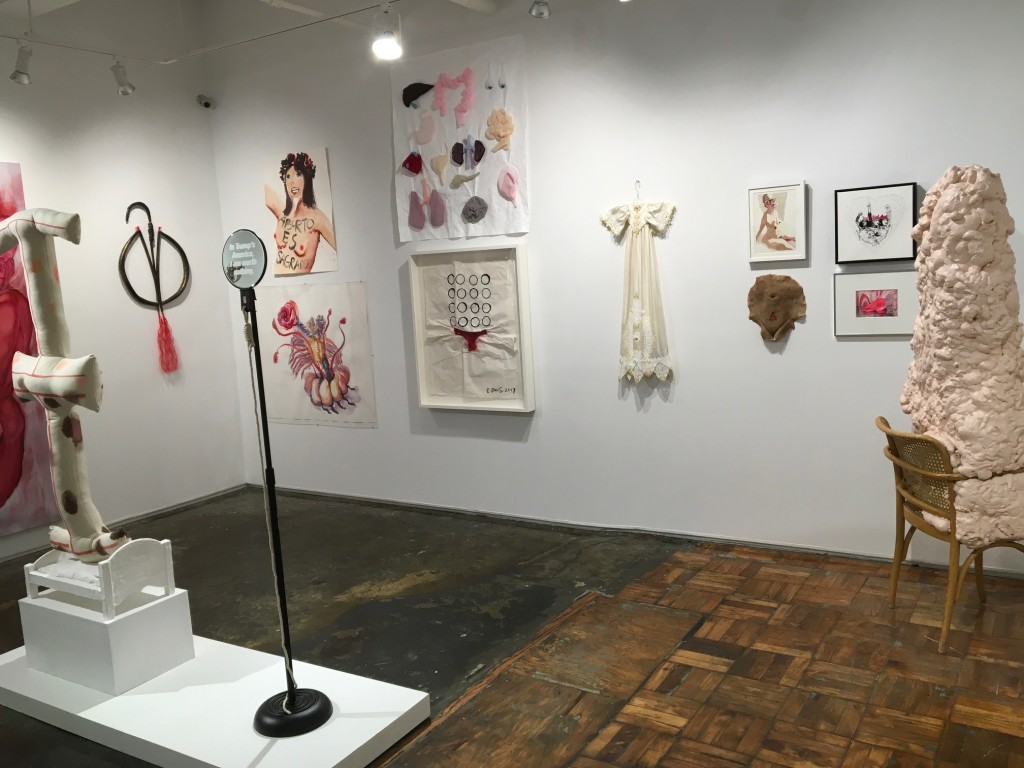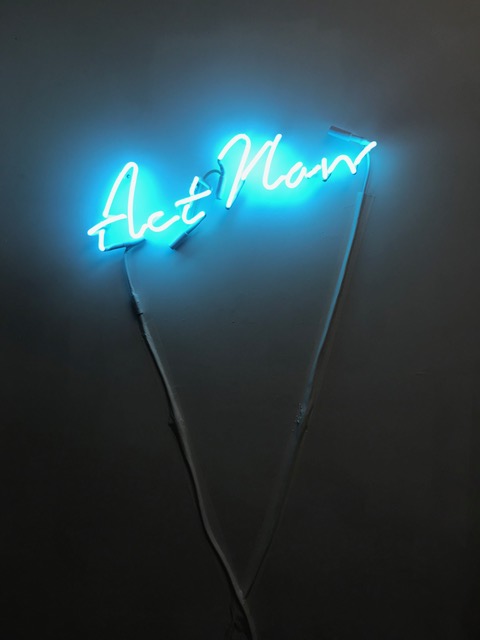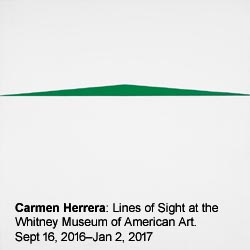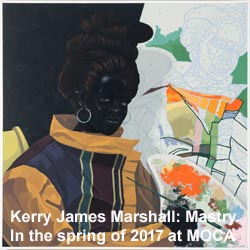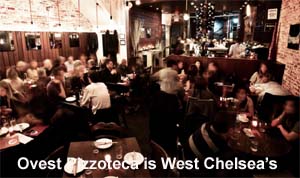Abortion is our country’s Scarlet Letter, an impassioned “A” writ large on our conscience. We shame, blame and deny women their right to self-determination to live, love and when to have or not have children. Although this January is the 45th year anniversary of the Supreme Court Ruling legalizing abortion, there have been, as of last count, 401 rollbacks across the country making it very difficult, and in many cases impossible for women to elect this choice. What can we do about this?
We can march, write articles, sign petitions, hold direct actions We can invent related hashtags like #MeToo–what greater sexual harassment in there than defining what a woman can do with her body? And we can make art. But what might art about abortion look like? What might it accomplish? These are the questions Barbara Zucker explores in “Currents: Abortion” an ambitious exhibit she curated at the A.I.R. Gallery.
Barbara Zucker, artist, writer and activist, is a co-founder of A.I.R. Gallery, established in 1972 as the first not-for-profit, artist-directed and maintained gallery for women artists in the United States.
In my interview with her, Zucker said, “Abortion is talked and written about, but there’s not much art about it. It almost seems taboo. Several artists I approached to do an artwork said “’No’.”
This exhibit is a visual compendium and unfolding of the issues, stories, meanings, and history embedded in one word: Abortion. The 70 works selected from the over 160 submissions, are the artists’ response to a series of questions posed by Zucker.
In selecting the works, Zucker said that “I didn’t know what I was looking for but I knew I didn’t want the usual tropes of hangers, nor large amounts of blood. Nothing specific.” She want
ed works that were “thought provoking, reflecting different states of mind, speaking in different voices.”
Two of A.I.R.’s three galleries, entrance and back hall, are richly filled with works in a breathtaking range of mediums: paintings, drawings, prints, etchings, photographs, collage, sculpture, mixed-media constructions, and a monitor showing several videos. Zucker doesn’t seem to impose any apparent “ordering” of the work. All media, all viewpoints, views and experiences are exhibited together, demanding equal attention–a sisterhood of Me Too. The effect is that of “a visual conversation” representing all the varied experiences women have and have had regarding abortion This not a quiet exhibit. It fairly shouts at you—you hear the different visual voices, experiences, stories, cries and whispers of defiance, anger, pain, sadness, longing, shame, regret, outrage __”the full catastrophe”.
Zucker believes this show is an opportunity for us to listen to artists who have chosen to give voice to their “emotions and perceptions about this subject. You will find depictions of choice, loss, and anger; of fecundity, of disease. There are images of helplessness and images of power. There is work that reaches into the past to demonstrate ways in which women used abortifacients. There is work that is pro-life as well as work that is religious.”
She observes that those who are pro-choice are as passionate as those who are not. “I believe all of us are pro-life: it is the definition of the term that is not the same. Herein lies the dilemma. How do we ever bridge this divide?”
Though much has been written about abortion, there has
not been much visual art. Through this exhibit, Zucker hopes to get people to see the visual and have it be as important as the words. Art, she believes, is a powerful bridge that can engender a kind of “visual dialogue.”
Barbara Zucker’s introduction to the exhibit profoundly states that “Art is visual listening.” She continues with “We use all of our senses to listen and to understand. In this turbulent moment in history, the ability to listen to one another has become a matter of urgency.” “Currents: Abortion” reflects these complexities and is larger than pro and con, yes and no. It goes to the heart of who we are and how we want to be as individuals and as a nation. This exhibit shows us how the personal is political.
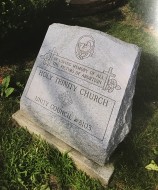
Yael Ben-Zion: Photograph Detail 2017 Cemetry at Trinity Church “In Loving Memory of All The Victims of Abortion”
Rosa Naparstek January 22, 2018
____________________________________________________







